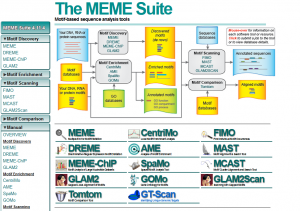Name: Christina Gaw
Date: 4/26/17
Question 1 Response:
Intralytix is a biotechnology company that focuses on discovering, producing, and marketing the use of bacteriophages to control pathogens in the environment, food industry, and medicine. However, when looking at their products, it seems like they have had more success or focused more on producing products related to food safety than any other category. Intralytix has more information on how phages work in comparison to traditional antibiotics. GangaGen is a biotechnology company that has specific interest in creating proteins products that prevent infectious diseases in areas that need the treatment. This includes drug resistant bacteria such as MRSA. They appear to be more involved in the medical aspect of science rather than industry and describe their goal of treating infections with the proteins they develop.
The best selling products for Intralytix are the products associated with food safety. They list three: ListShield, EcoShield, and SalmoFresh. The other products have have are in the process of development. It seems like they have had an emphasis on food safety. The best selling products for GangaGen is a recombinant protein P128. This protein binds to and kills Staphylococcus, a strain of MRSA.
The main struggles that these companies have to deal with are public marketing and credibility. Both websites share extensive information about how their products are applicable in the same situations as antibiotics. Intralytix has an FAQ page while GangaGen presents evidence from scientists studying the material. As well, both websites include the news of their product applications as well as publications and presentations. These all contribute to the credibility that the companies are attempting to establish. As stated in the book, some companies are wary of using new products and cautious to invest in unpopular methods. They have to target and invite the public to use their products. The companies do this by making management teams and contact information available and approachable. With these strategies, they hope to increase the popularity of the products.
Changes that have taken place since the writing include a wider selection of products for Intralytix. In the novel, Intralytix was focusing on food safety. Now, they have more products that demonstrate their research in the subject. It seems as though they are attempting to expand to phage applications in other live animals and that involvement is currently developing. GangaGen has recently had a news media appearance with their product. They presented data on preclincial trials by showing P128’s activity against MRSA and other Staphylococci. In the future, it appears that the company will focus on the medical applications of phages. Possibly, they might expand their research to include other types of bacteria that are affecting the regions they are targeting.




